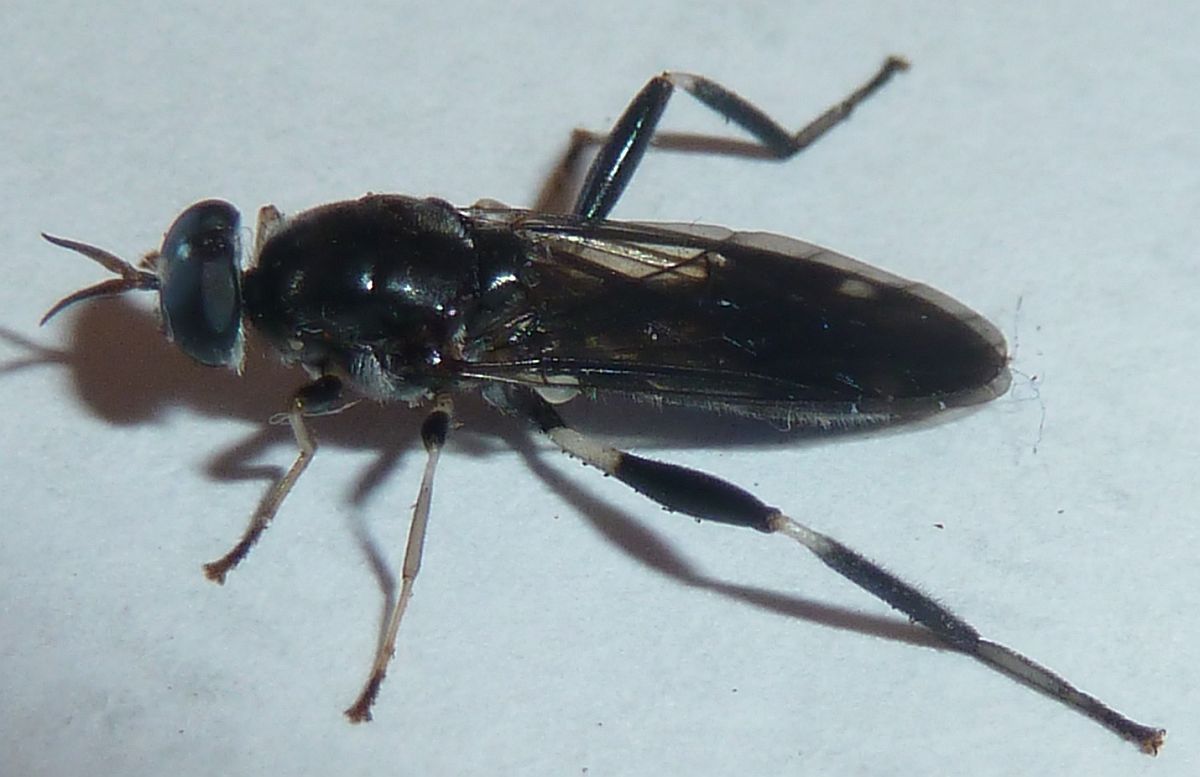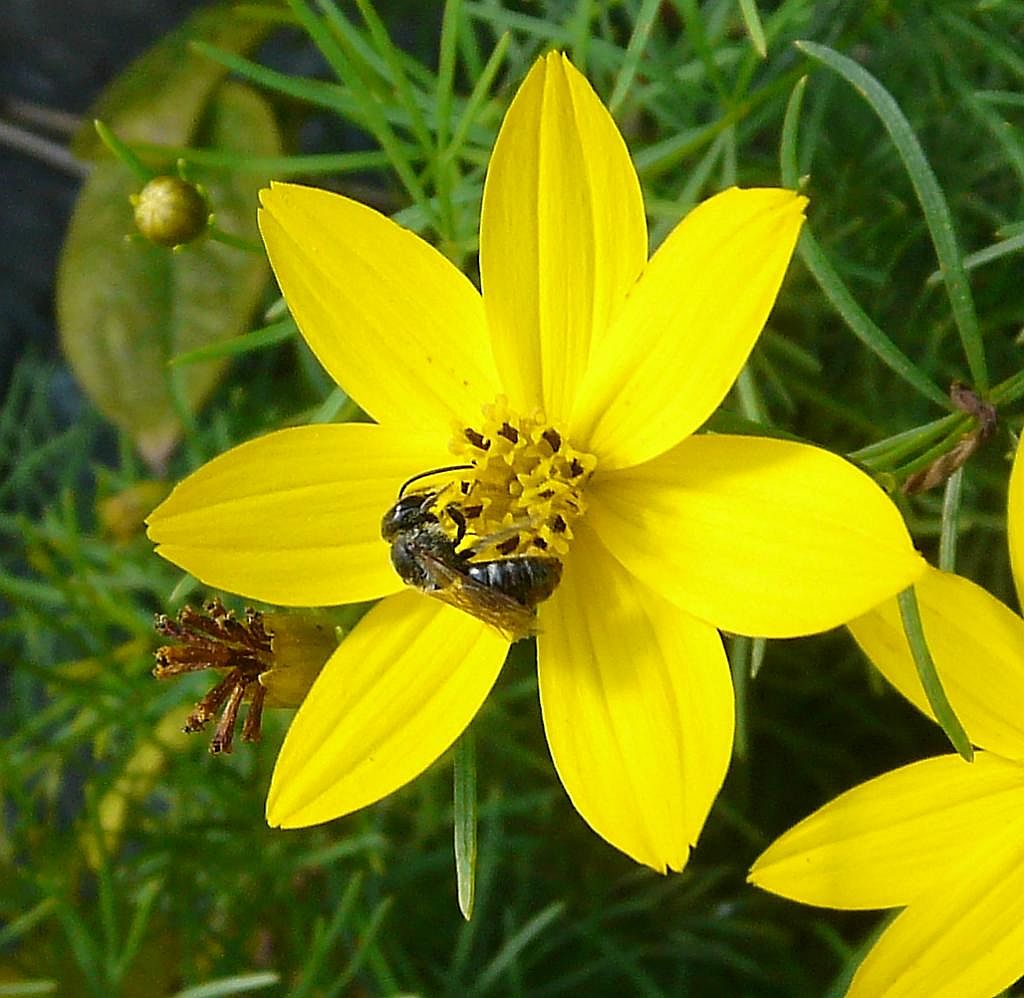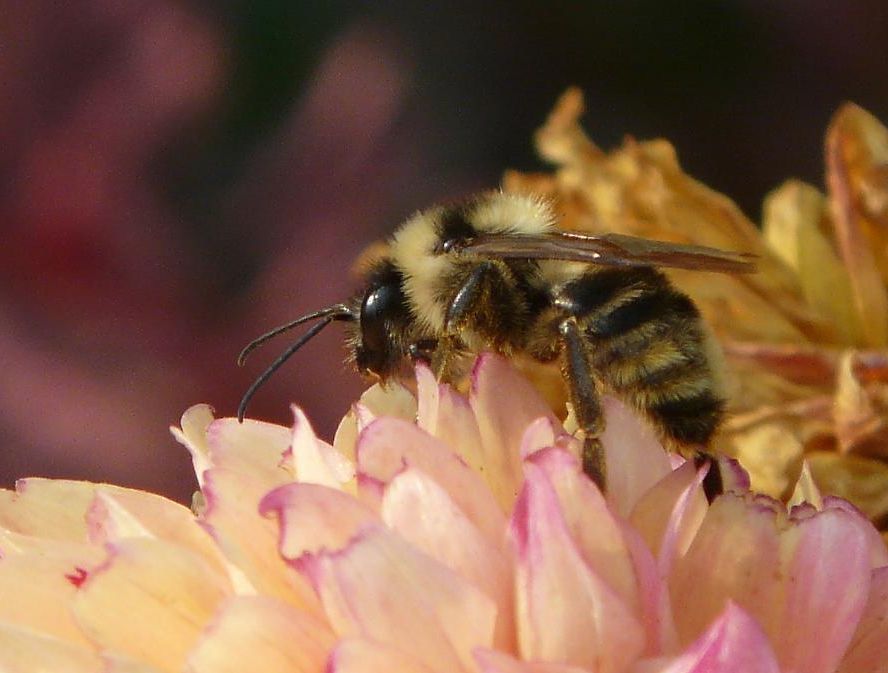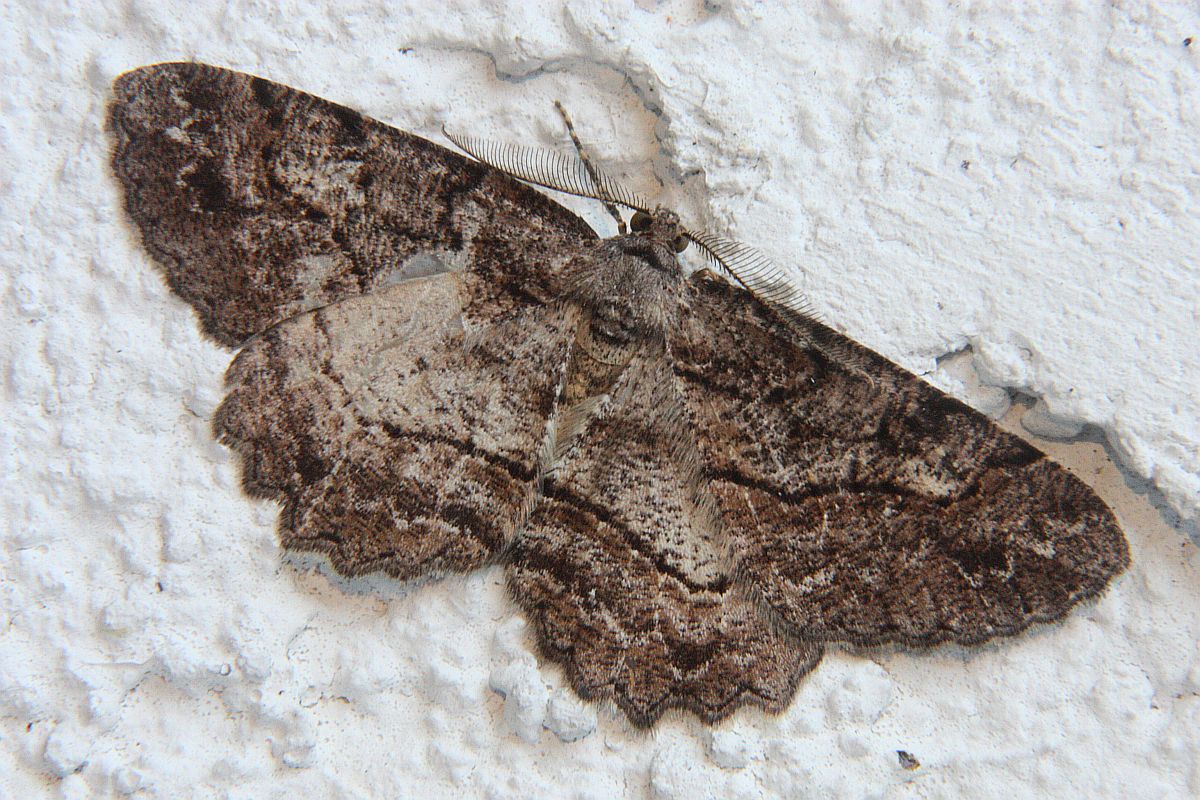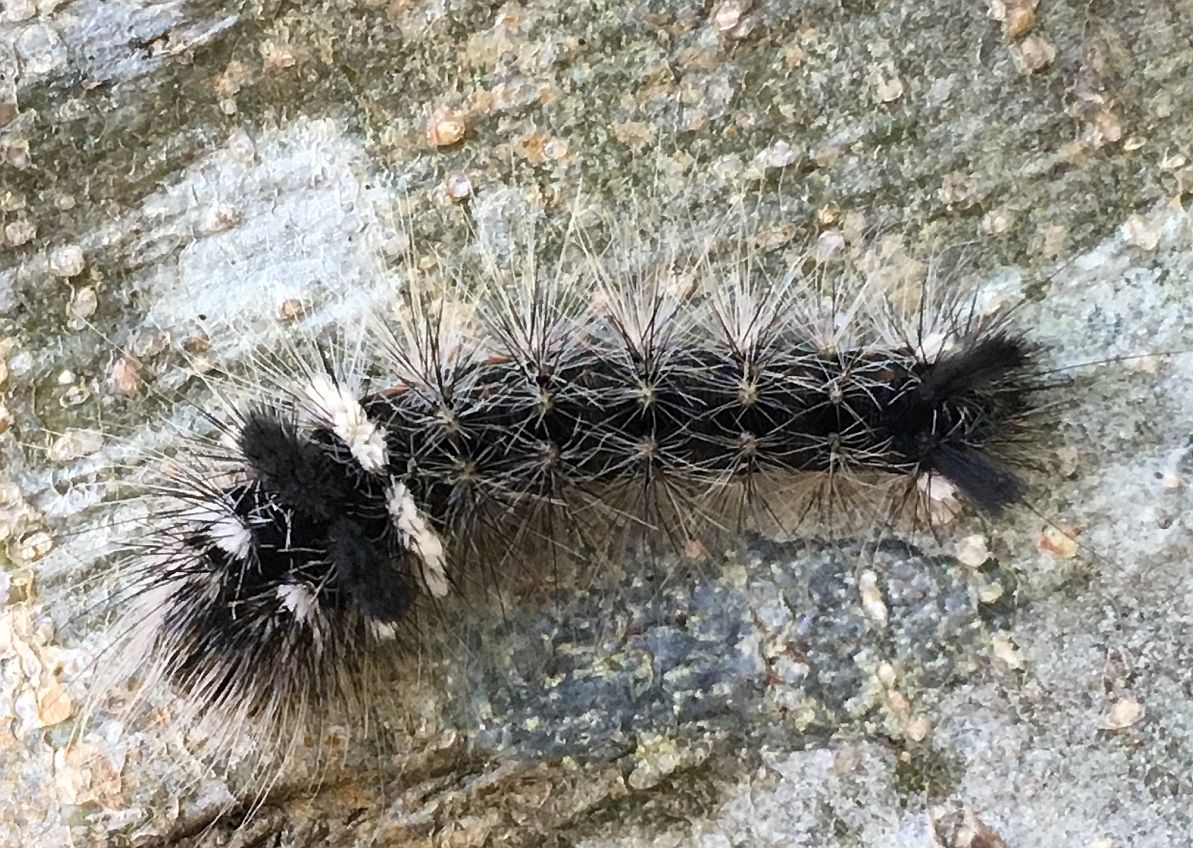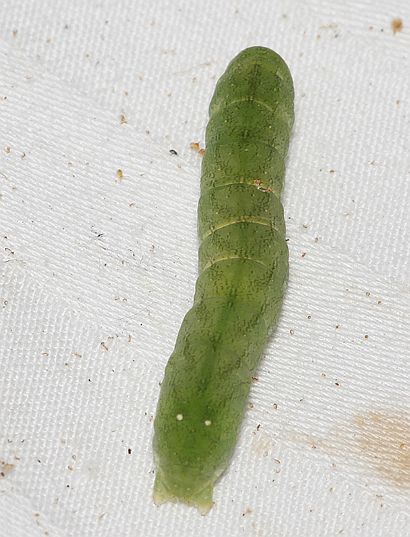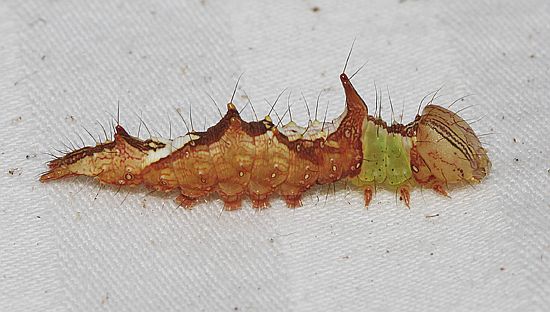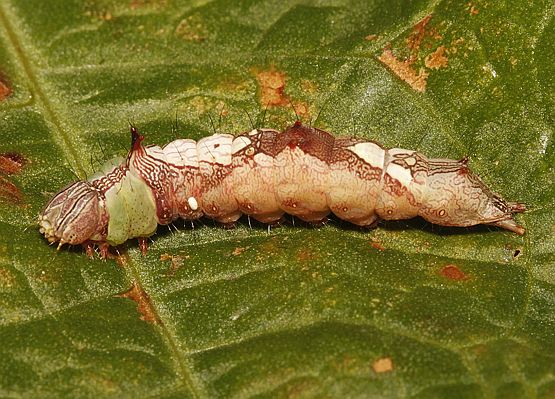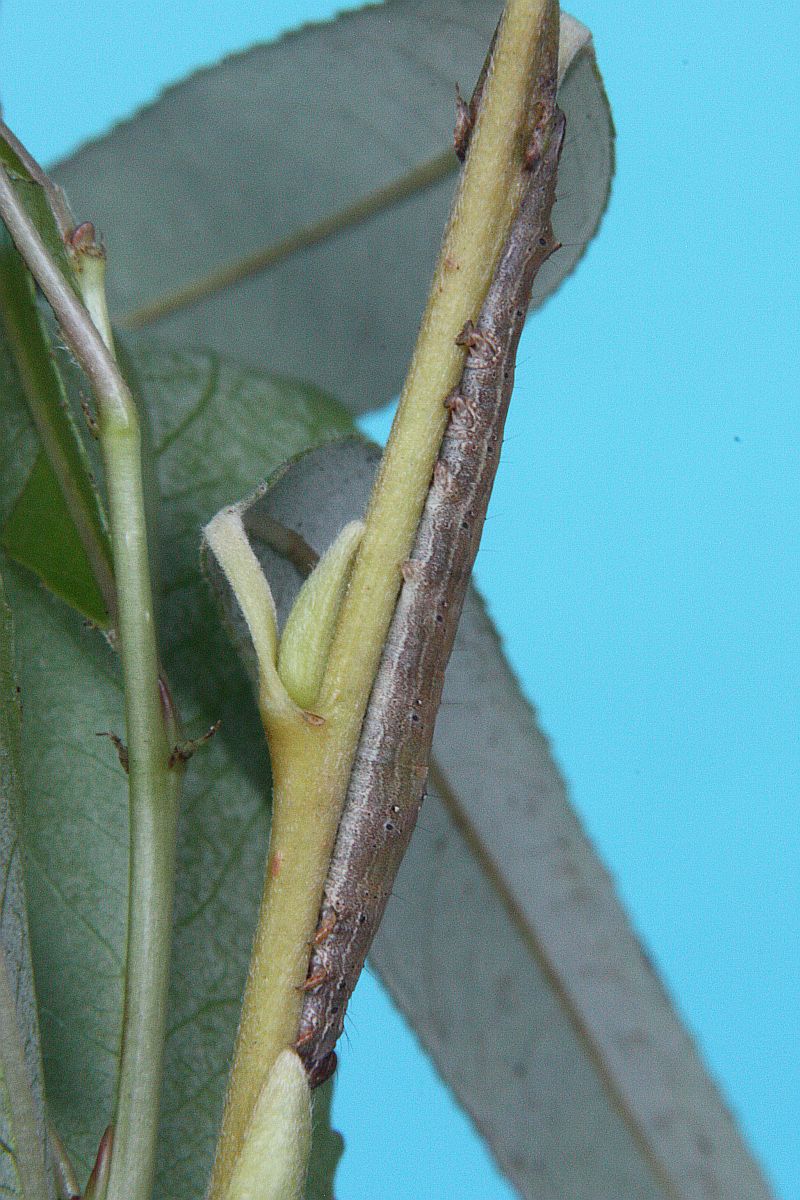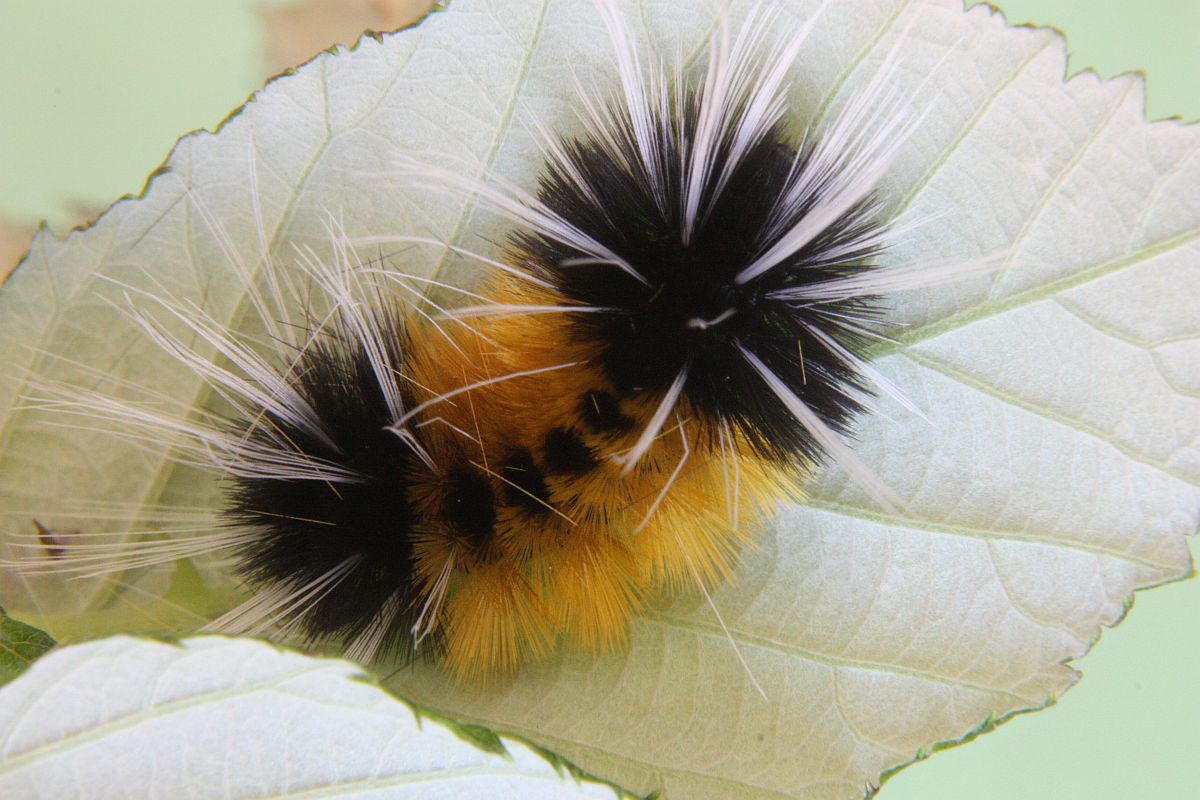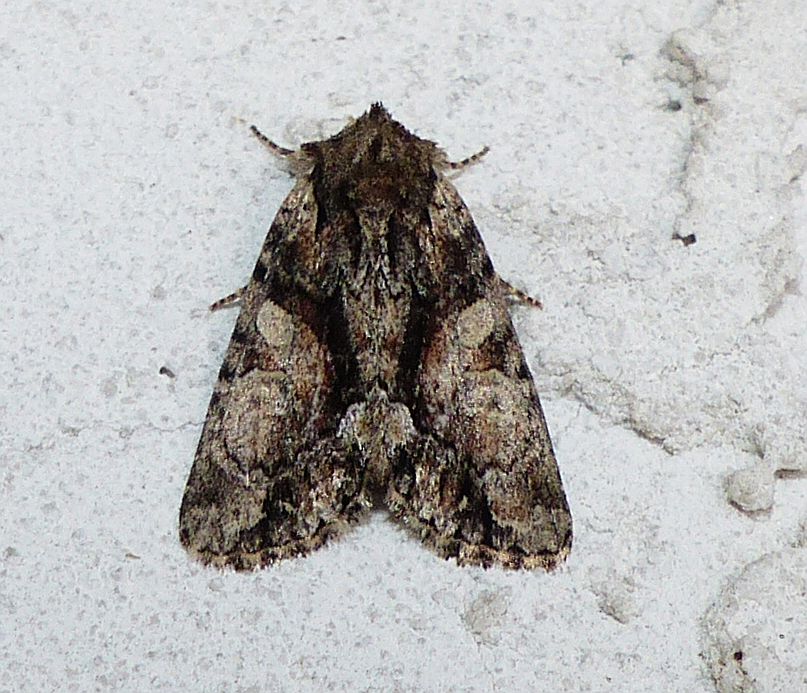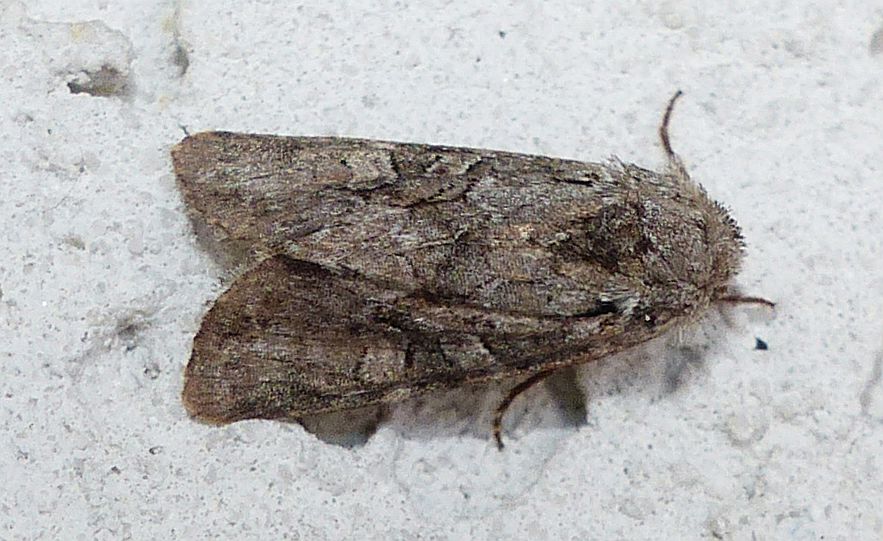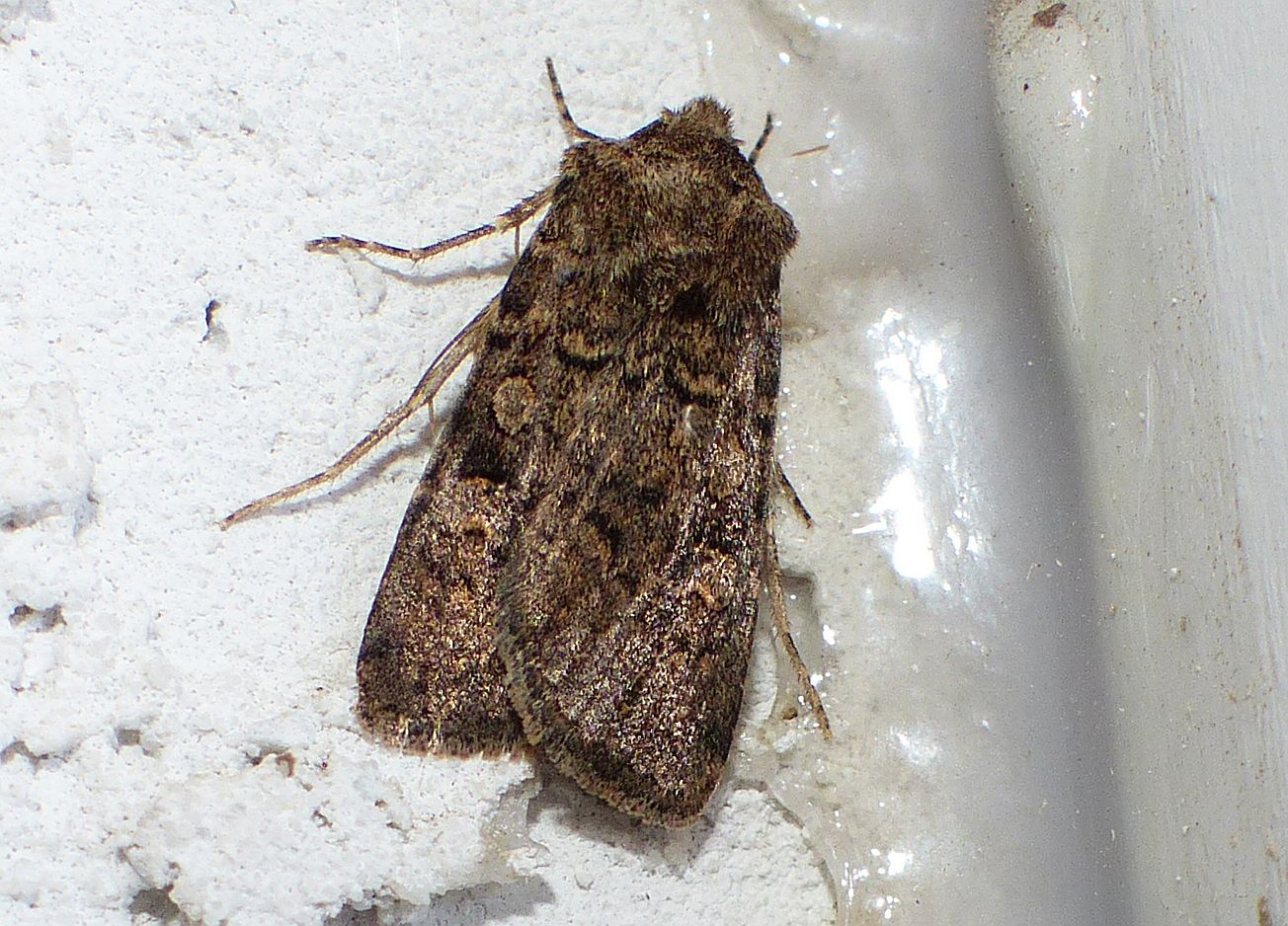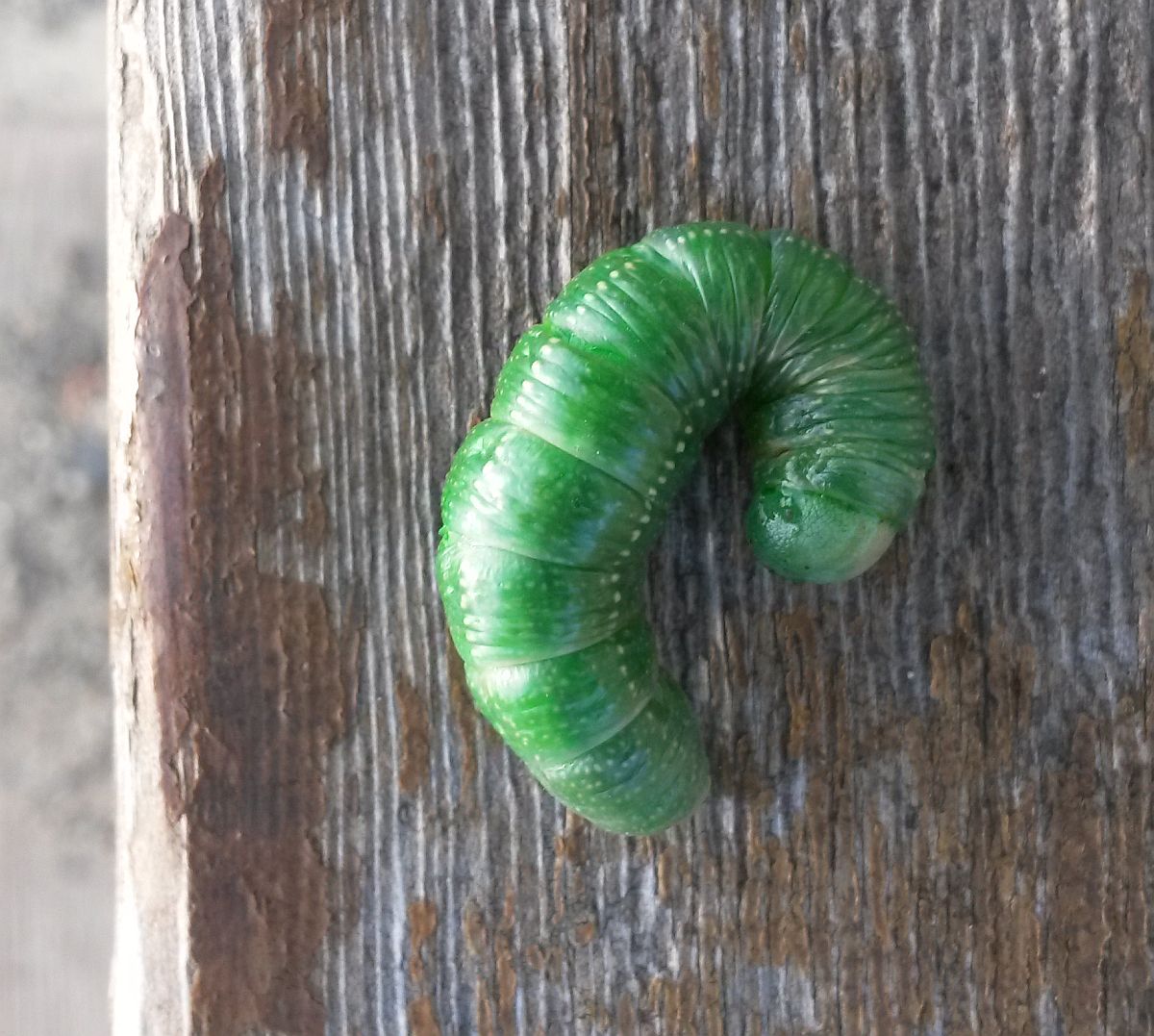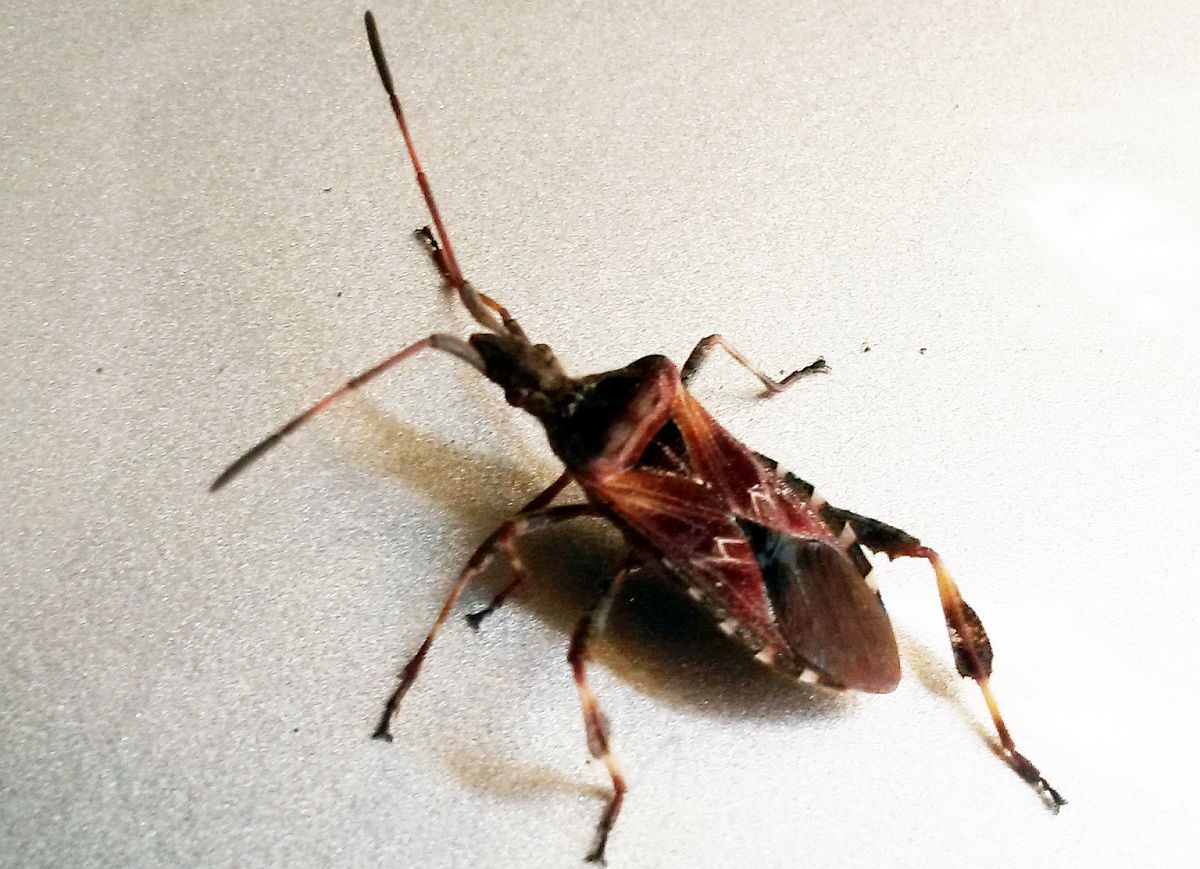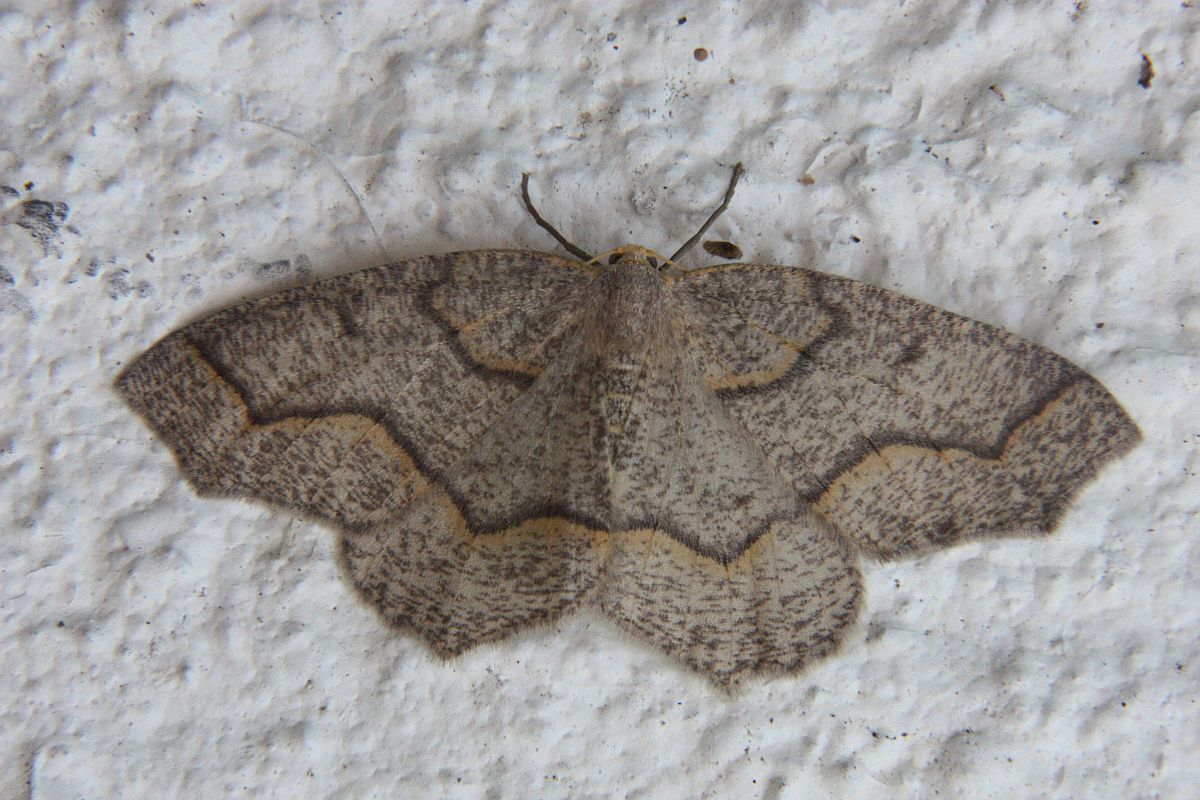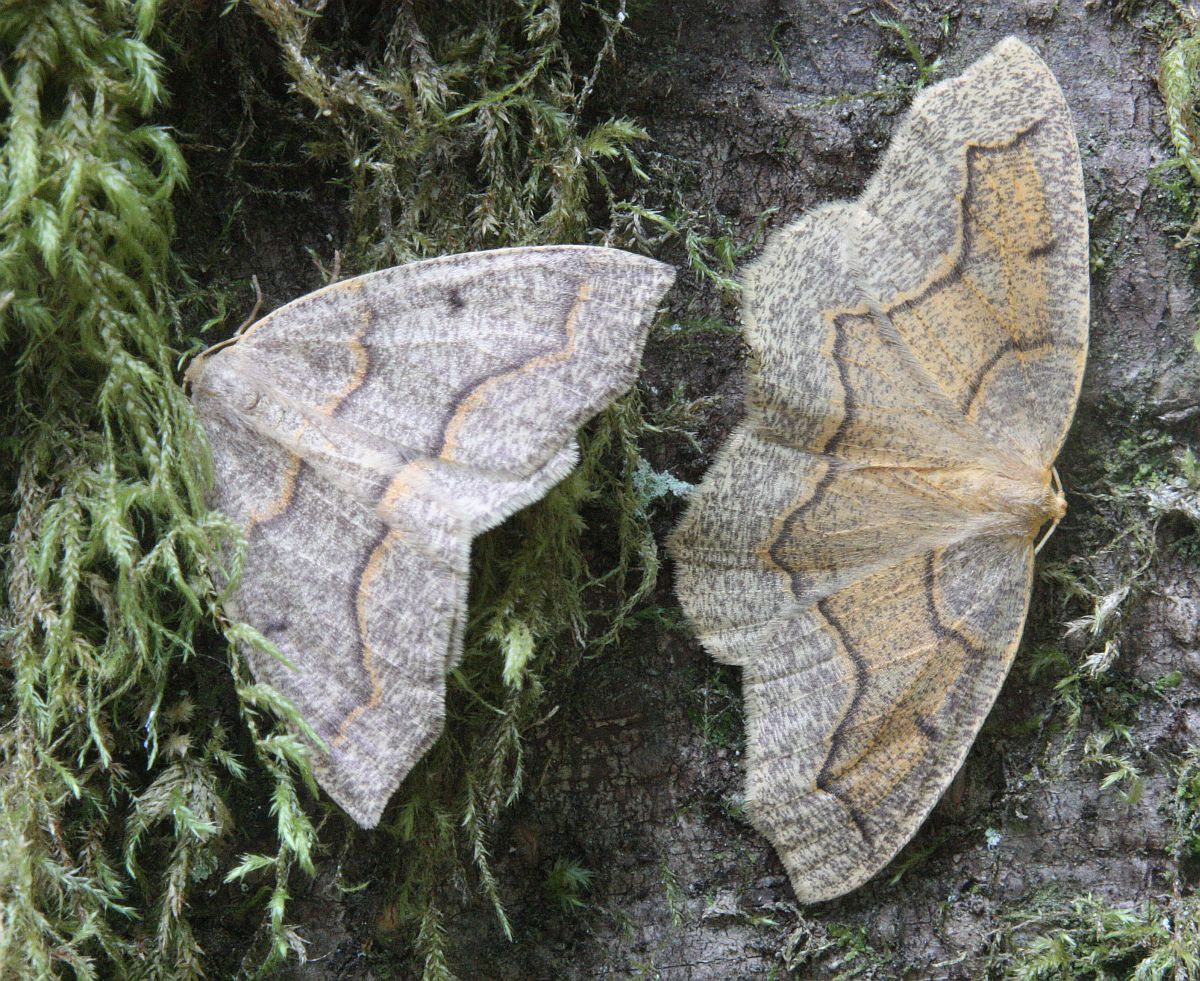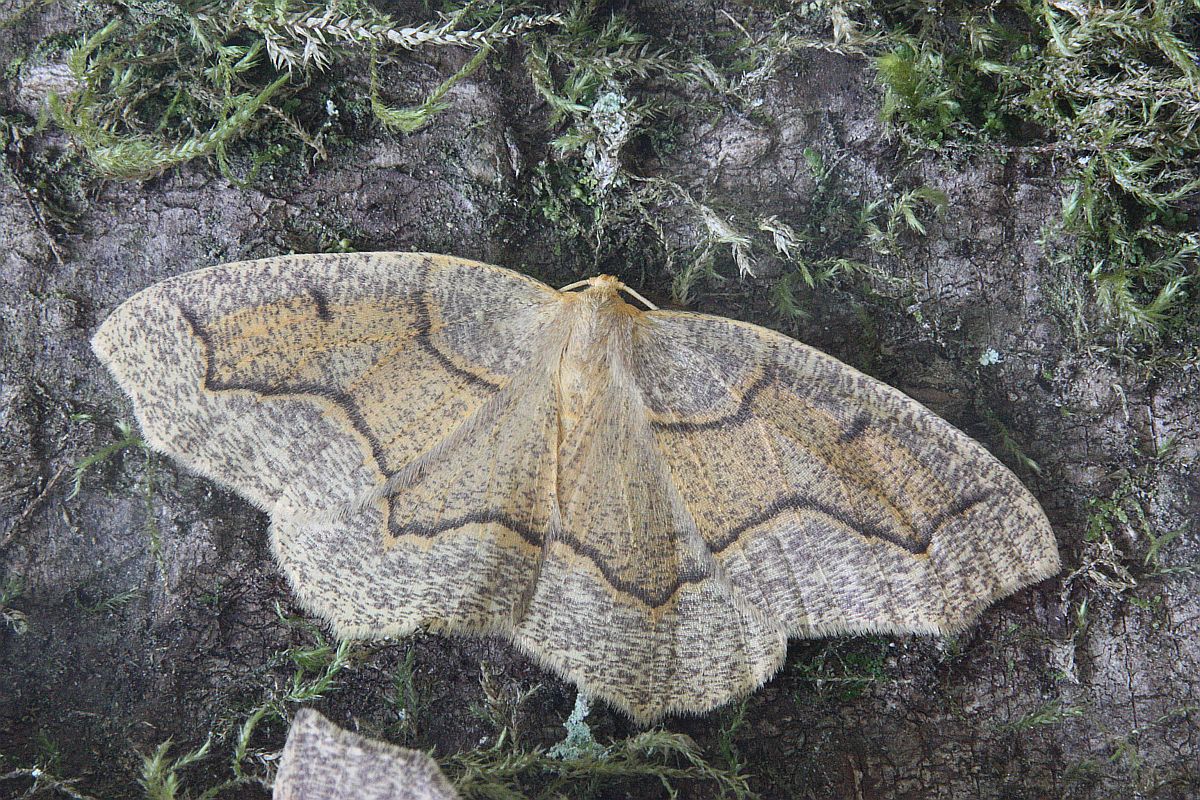2017 September 1, morning
From Gordon Hart: Monthly Butterfly Walk
This is a reminder for the VNHS monthly butterfly walk this Sunday, September 3. We will meet at Mount Tolmie at 1 p.m.. You can park at the main parking lot north of the summit, or in the lot by the reservoir where we will have an initial look for butterflies and then decide where to go from there.
Hope to see you Sunday!
-Gordon
Annie Pang echoes Jochen Moehr’s recent comments concerning the paucity of insects. Annie’s concerns in particular are for bees. She writes: The folks I’m running into down at the Community Gardens and elsewhere are all remarking on the lack of bees this summer. We do have “some” bees, but the troubling part is they are mostly just one species of bumblebee (Bombus vosnesenskii), and the non-indigenous Honey Bee (Apis mellifera), with only the very odd solitary bees, which appeared in remarkable numbers last summer. A few of our local gardeners did see some in early spring which were the Blue Orchard bee (Osmia lignaria) and some Andrena species (Mining bees rather than Mason bees), and over the last few weeks I’ve seen a handful of Megachile (leaf-cutter bees), and 2….yep, count ’em….TWO….Anthidium bees. Okay …so this may all be Chinese to most of you [more likely Latin and Greek – Jeremy Tatum], but what I’m saying here is that the native bee population is in serious trouble and there are just not that many Honey Bees to pick up the slack.
Annie continues: I have attached the best pictures of optimism I could find this summer in the shape of a wee butterfly that, during the last few weeks, has out-numbered our bees here! The Woodland Skipper has been around in very good numbers and it is a good thing for pollination. Although they do not carry the same amount of pollen by any means that a bee would, they do help with pollination by their very numbers. And the sad lack of bees…..well, I’ve never seen so few.

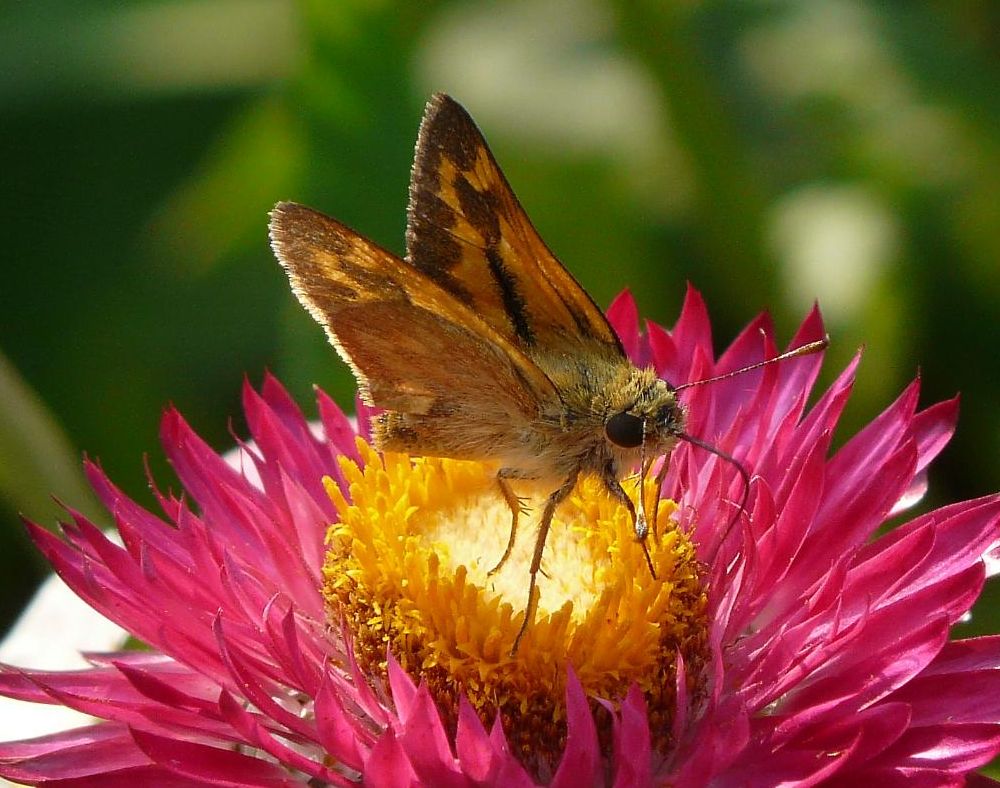
Woodland Skipper Ochlodes sylvanoides (Lep.: Hesperiidae) Annie Pang

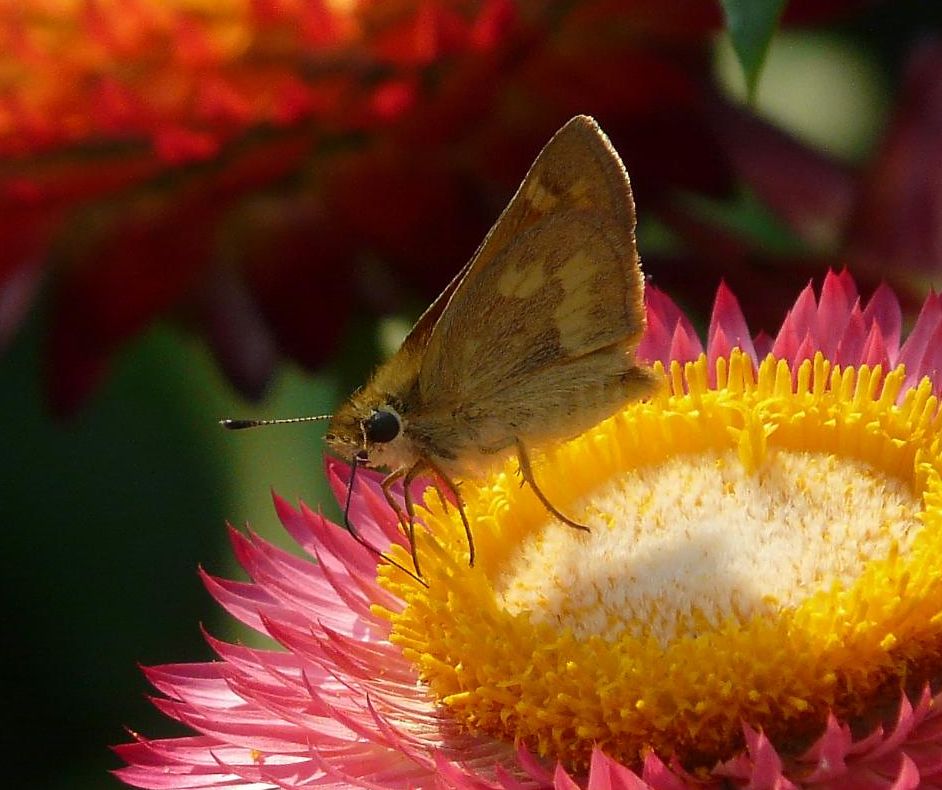
Woodland Skipper Ochlodes sylvanoides (Lep.: Hesperiidae) Annie Pang

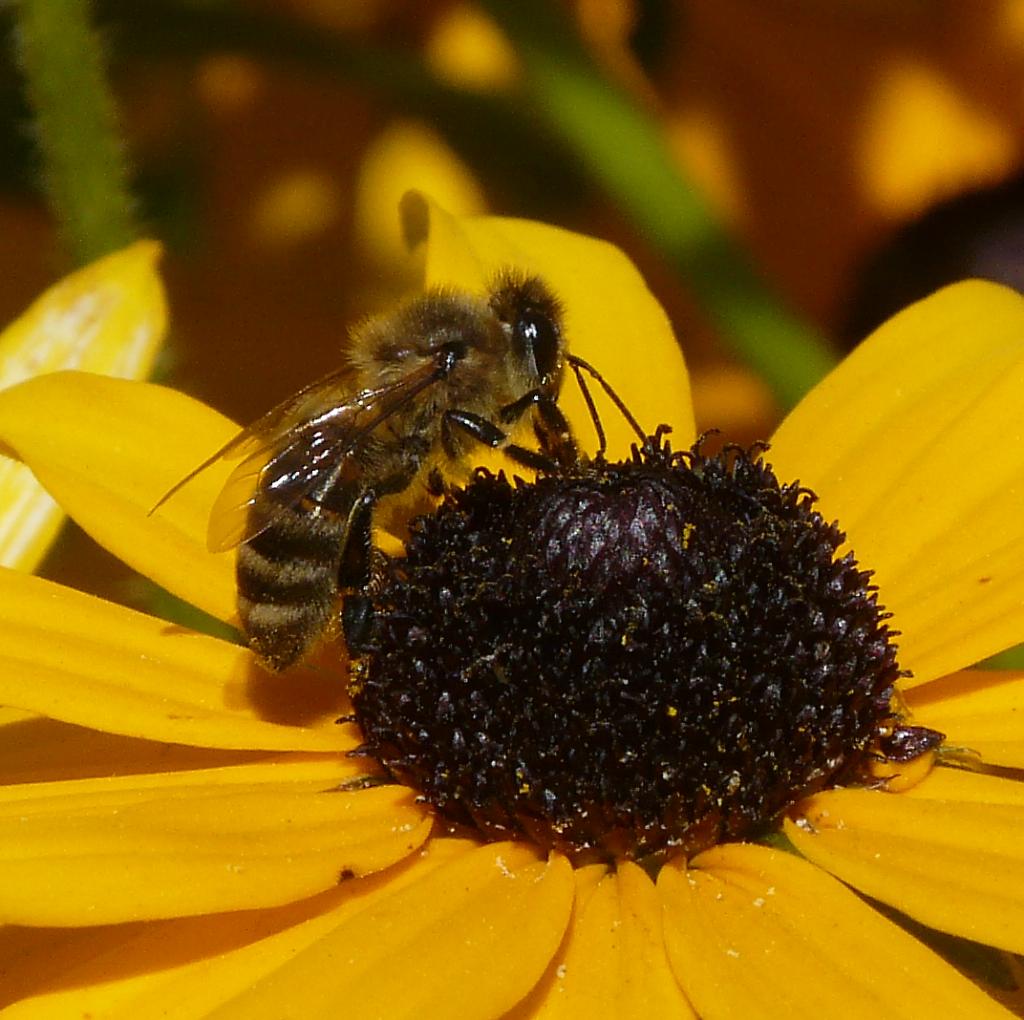
Honey Bee Apis mellifera (Hym.: Apidae) Annie Pang

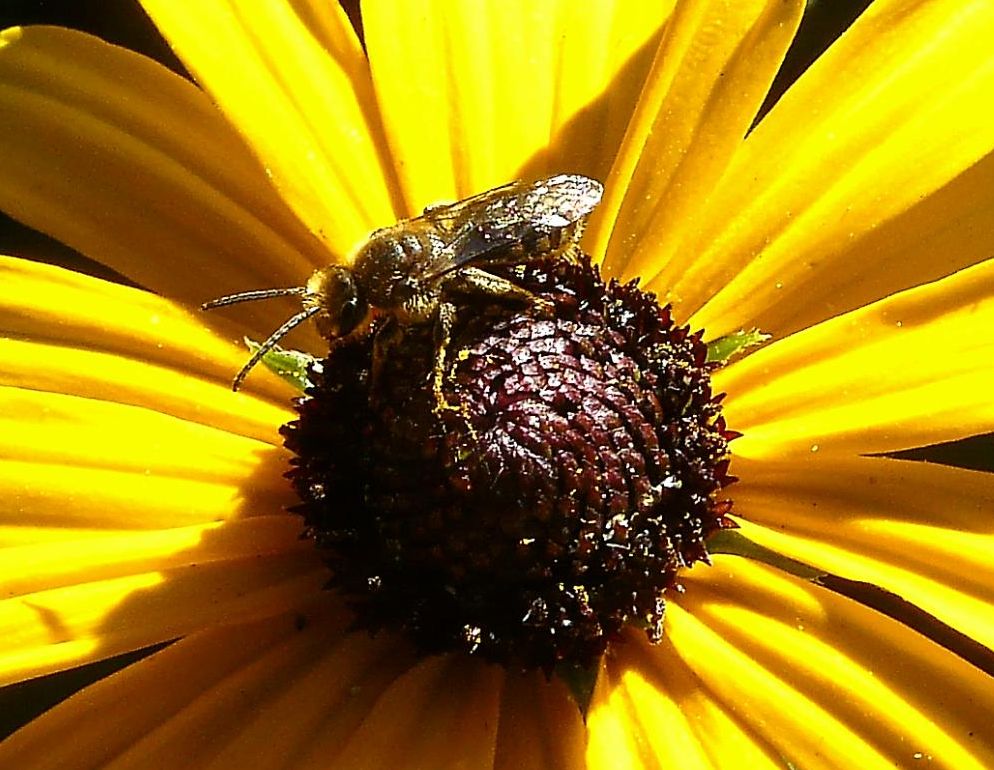
Lasioglossum sp. (Hym.: Halictidae) Annie Pang
Jochen Moehr sends more pictures from Metchosin, August 31. The first is a Tolype sp. It seems likely that the species known as T. distincta may not be distinct from the species known as T. dayi. Until this problem is sorted out, I am treating the two forms as conspecific, under the name Tolype distincta.

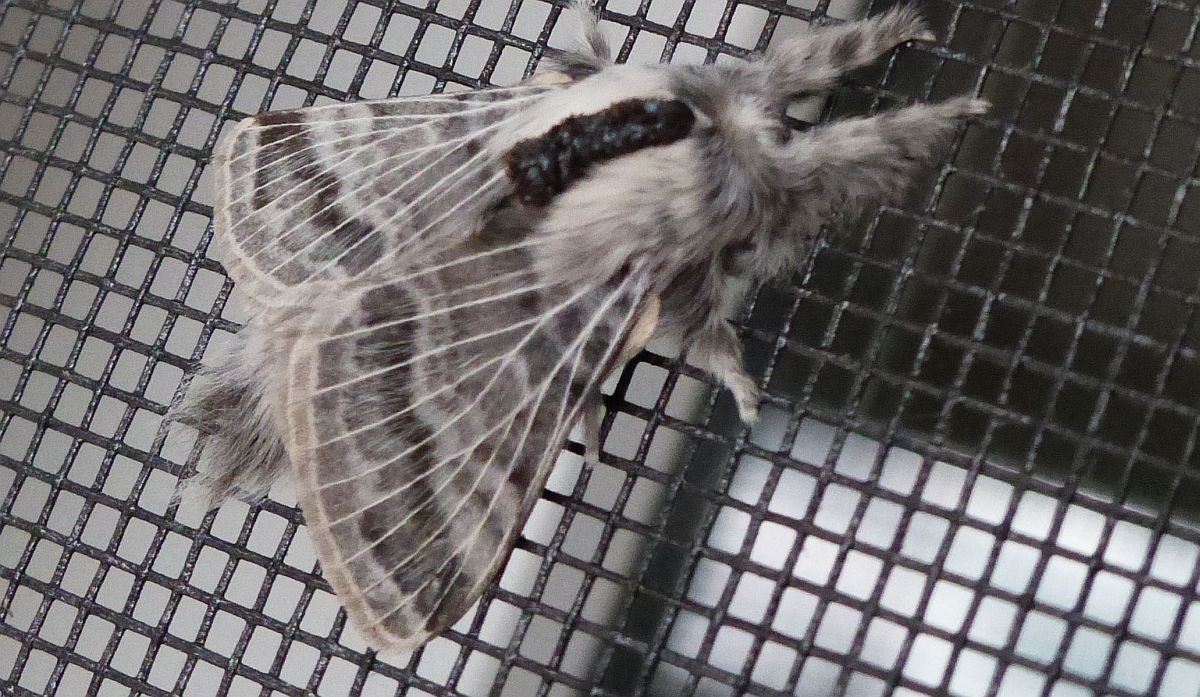
Tolype distincta (Lep.: Lasiocampidae) Jochen Moehr

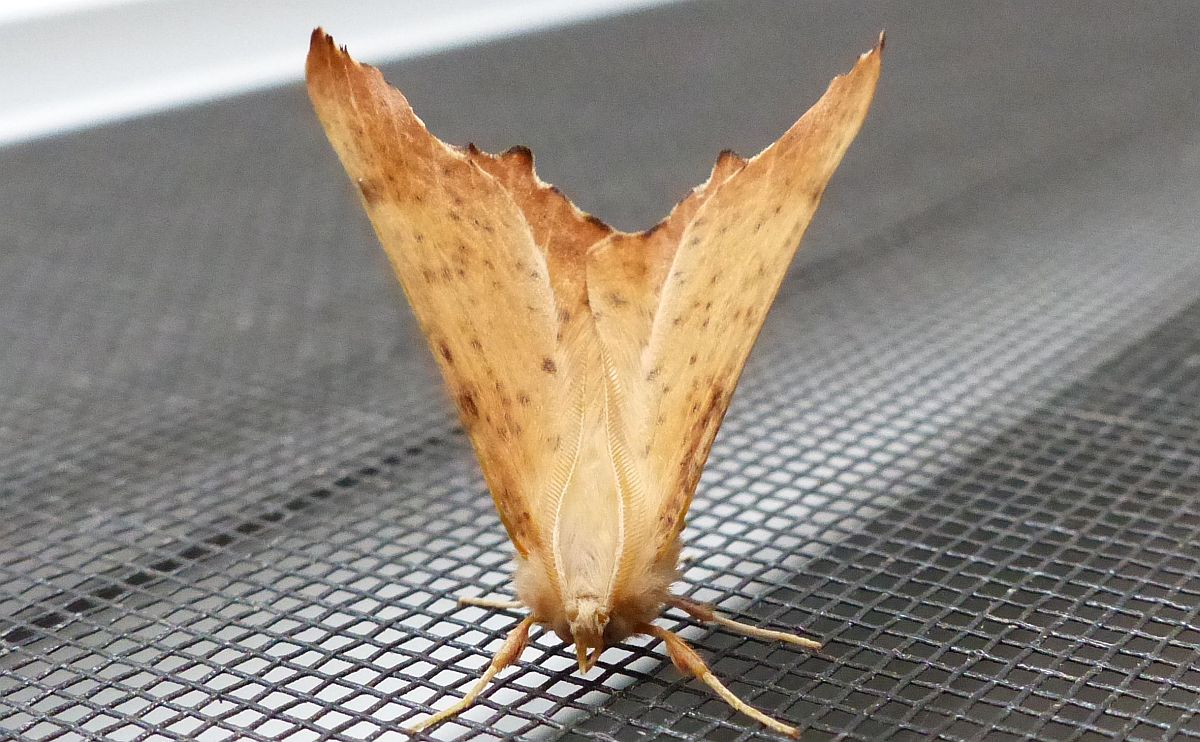
Ennomos magnaria (Lep.: Geometridae) Jochen Moehr

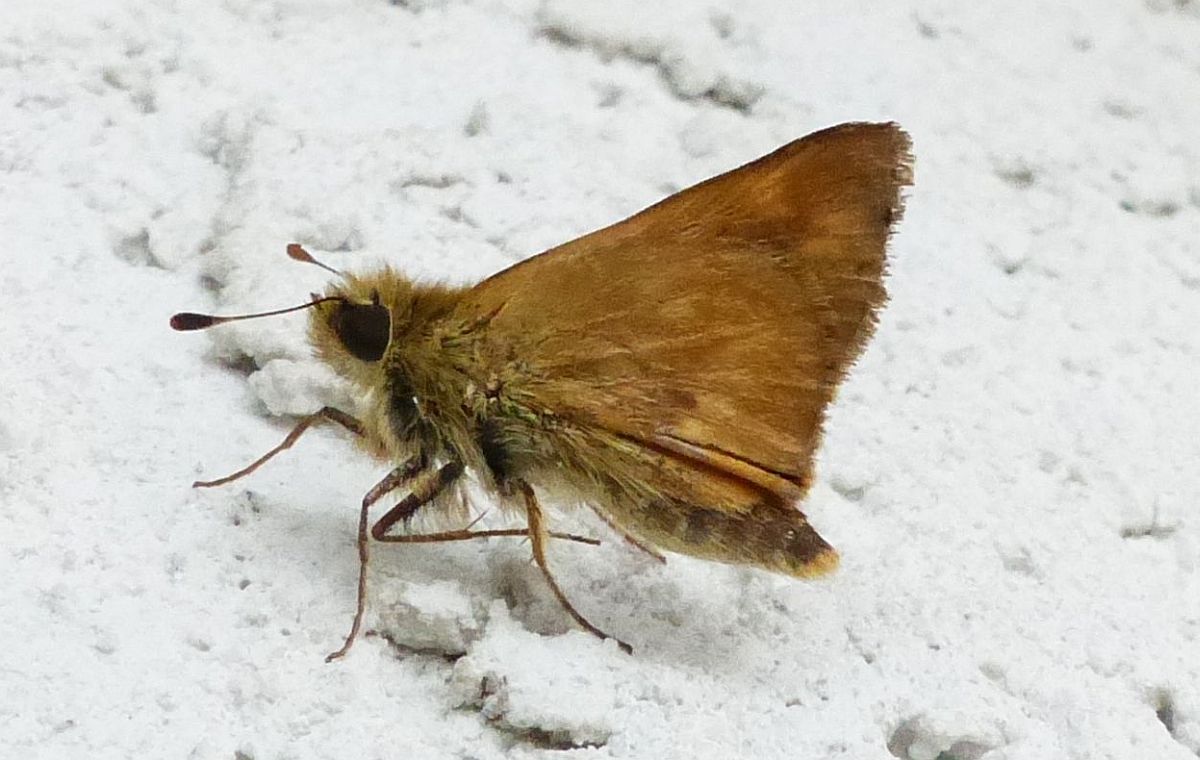
Woodland Skipper Ochlodes sylvanoides (Lep.: Hesperiidae) Jochen Moehr

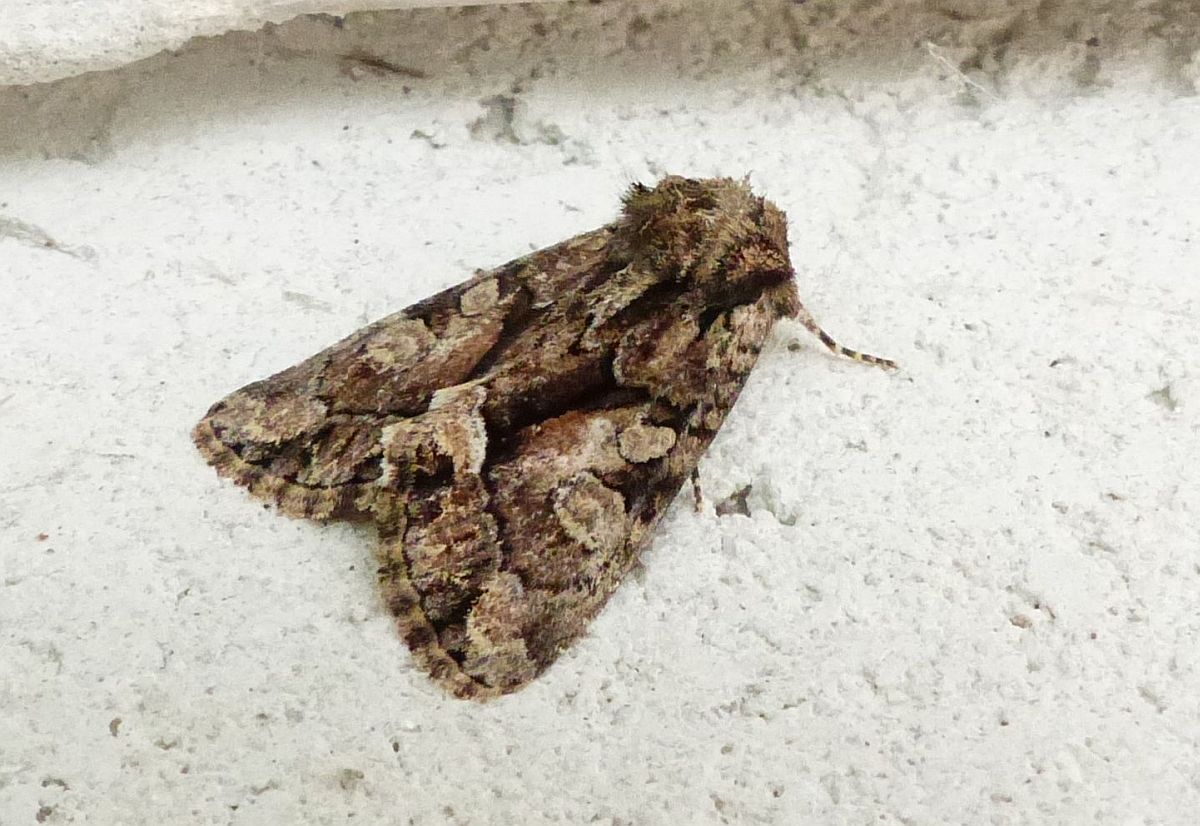
Oligia divesta (Lep.: Noctuidae) Jochen Moehr
Viewers will have noticed that we have had several reports and photographs of Neoalcis californiara from various places, and Libby Avis reports that she is swamped with them in Port Alberni – e.g. 22 of them at a light three days ago. Jochen, too, is finding them in Metchosin:

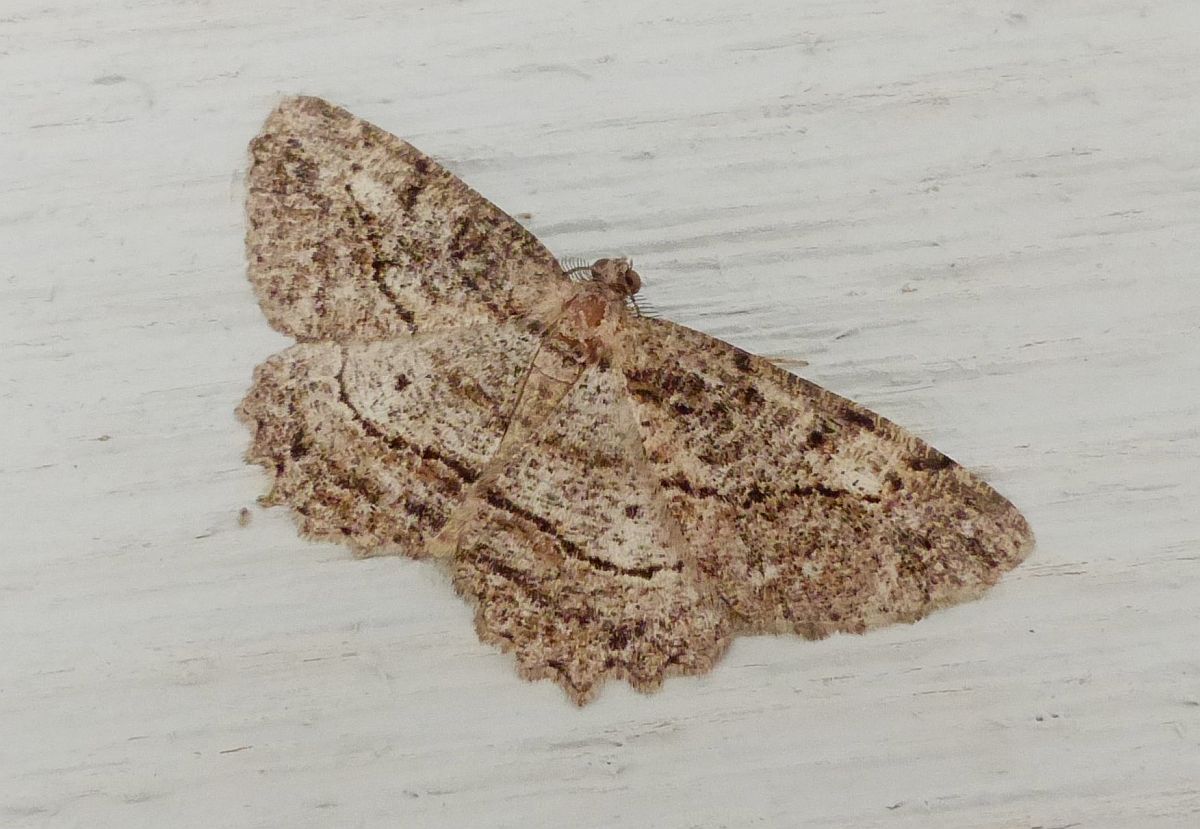
Neoalcis californiaria (Lep.: Geometridae) Jochen Moehr
Jeremy Tatum writes: The only moth that my Saanich apartment rear door could come up with this morning was a rather worn Ipimorpha nanaimo:


Ipimorpha nanaimo (Lep.: Noctuidae) Jeremy Tatum

